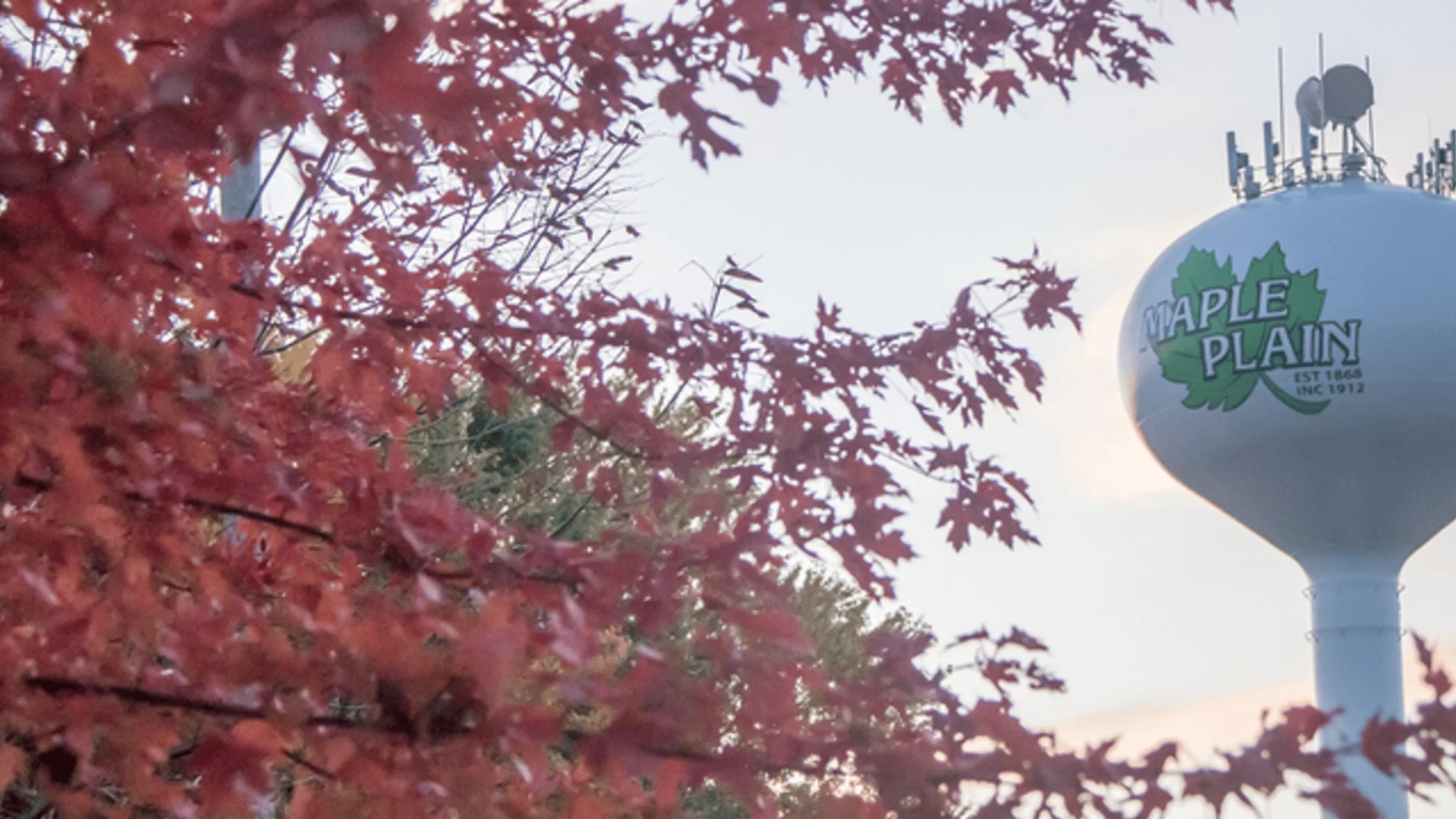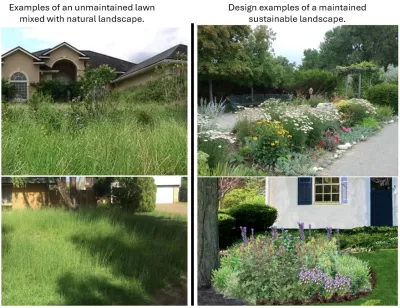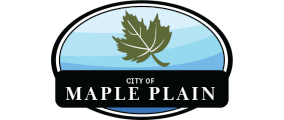
Sustainable Natural Landscapes

Planned, intentional, and maintained yards in Minnesota
In Minnesota, the concept of a "managed natural landscape" has gained traction, driven by both ecological awareness and a desire for lower-maintenance yard options. This shift is supported by recent state law that prevents cities from prohibiting planned, intentional, and maintained native landscapes on private property, including front yards.
What is a managed natural landscape?
A managed natural landscape is defined as "a planned, intentional, and maintained planting of native or nonnative grasses, wildflowers, forbs, ferns, shrubs, or trees, including but not limited to rain gardens, meadow vegetation, and ornamental plants". It's crucial to understand that it doesn't encompass neglected turf grass lawns.
Key features of managed natural landscapes in Minnesota
- Native Plants: These are crucial as they are adapted to Minnesota's climate and require minimal watering and maintenance once established.
- Pollinator-Friendly: Native landscapes attract pollinators like bees and butterflies, contributing to a healthy ecosystem.
- Low Maintenance: Choosing native plants and incorporating features like permeable paving or mulching can significantly reduce the need for watering, mowing, and weeding.
- Water Conservation: Many native plants are drought-tolerant and can thrive with less watering, especially when techniques like rain gardens or permeable hardscaping are incorporated.
- Reduced Chemical Use: A healthy, diverse ecosystem built with native plants can naturally resist pests and diseases, minimizing the need for herbicides and pesticides.
How to plan and maintain a managed natural landscape
- Assess your yard: Consider sun exposure, soil type, existing plants, and desired functions for different areas.
- Choose the right plants: Select native or hardy plants that are well-suited to your specific conditions and the local USDA hardiness zone (Minnesota generally ranges from zones 3 to 5).
- Minimize Water Use: Group plants with similar watering needs, and consider using drip irrigation or soaker hoses to deliver water efficiently.
- Mulch: Apply a layer of organic mulch to suppress weeds, retain moisture, and improve soil health.
- Compost: Incorporate compost into your soil to enrich it and provide nutrients.
- Reduce or Eliminate Chemicals: Embrace organic gardening practices and minimize the use of pesticides and herbicides.
- Embrace Natural Processes: Allow certain plants to go to seed to attract birds and other wildlife, and accept a slightly wilder aesthetic.
By embracing managed natural landscapes, Minnesotans can create beautiful, sustainable, and enjoyable yards that benefit both themselves and the local environment.
The 5 considerations of sustainable Landscape Design by the University of Minnesota Extensions
Landscaping can be exciting, fun and rewarding. But deciding how to start a project can be overwhelming. The five considerations of design are a good starting point, and the following videos on each of the considerations and a case study example explain the process.
Thinking through what you want to be able to do in your landscape, maintenance, and how to have a positive effect on the environment really helps guide the rest of your project toward a long-lasting and beautiful landscape.
- Function: Support what you want to do and need to accomplish in your landscape.
- Entertaining, games, pet, access, firepit, rainwater harvesting, composting, garbage/recycling
- Maintenance: Reduce maintenance and support proper best maintenance practices in your landscape.
- Mowing, pruning, mulching, watering, snow removal
- Environmentally sound: Minimize or eliminate negative effects on the surrounding environment and animals.
- Reduce plant stress by selecting plants with growing requirements that match your site conditions (soil, sun, planting space).
- Plants that are growing in optimal conditions are less stressed and can tolerate or recover from insect damage, animal browsing, disease, weed competition and weather events.
- Cost-effective: Design within budget (cost, labor, time, etc.)
- Put the right plant in the right place to avoid having to replace plants that die or perform poorly because they are planted in the wrong growing conditions.
- Install hardscape correctly to eliminate future problems with heaving, cracking, failing walls, etc.
- Plant trees with enough room to grow so you don’t have to hire a tree care company every year to prevent them from growing over your roof.
- Visual appeal: Design for what you want to see in your landscape.
- Views from your windows, patio, or deck.
- Materials for hardscape.
- Colors of flowers, foliage.
Resource List
- https://www.dnr.state.mn.us/gardens/nativeplants/index.html
- https://extension.umn.edu/lawns-and-landscapes/landscape-design
- https://plantsearch.extension.umn.edu/home/list?page=list
- https://nativegardendesigns.wildones.org/designs/minneapolis/
- https://lnglandscapes.com/designing-your-dream-garden-art-of-landscaping/
